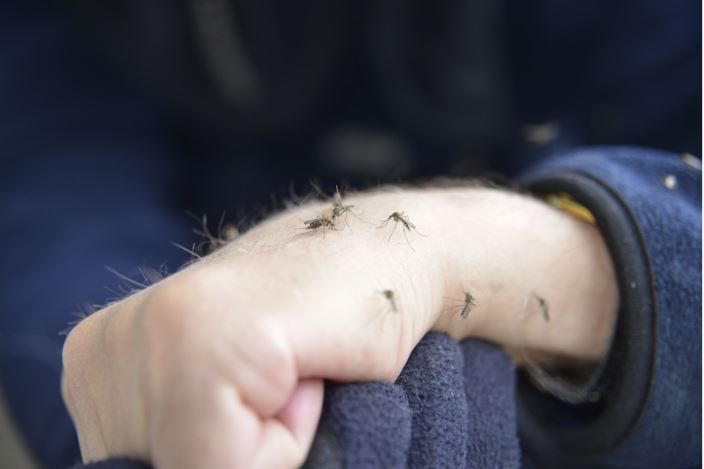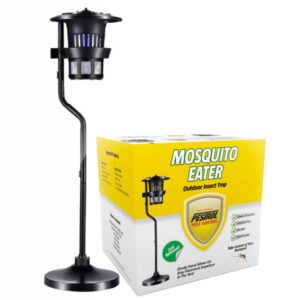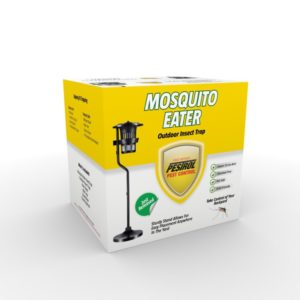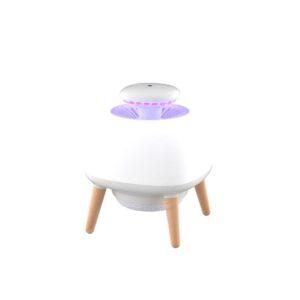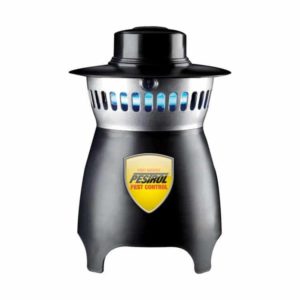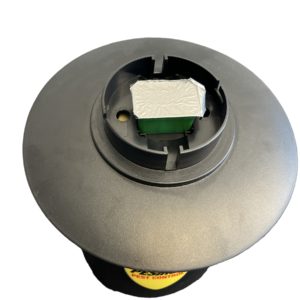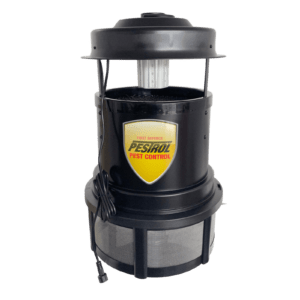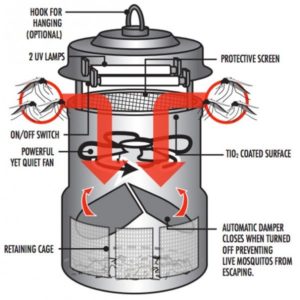New Zealand is known for its stunning landscapes, lush forests, and diverse wildlife. However, along with its natural beauty comes a pesky problem: mosquitoes. These bloodsucking insects have always been a nuisance, but recent heavy rainfall has caused a significant increase in their numbers. With the rise in mosquito populations comes an increase in the risk of mosquito-borne diseases. In this article, we’ll take a closer look at why mosquito numbers are on the rise in New Zealand and what you can do to protect yourself from their bites.
Mosquitoes are considered pests in New Zealand due to their nuisance biting behavior and potential to transmit diseases to both humans and animals.
Mosquito bites can cause irritation, itching, and discomfort, which can be especially problematic for people who are allergic to mosquito saliva. In addition to their biting behavior, mosquitoes are also known to transmit diseases such as Ross River virus, which can cause joint pain and fever, and West Nile Virus which can lead to more severe neurological symptoms, although these are not yet issues in new Zealand.
Mosquito populations can also have a significant impact on outdoor activities and tourism in New Zealand. Mosquitoes are known to be especially active during dusk and dawn, which can interfere with outdoor events such as camping, hiking, and fishing and the BBQ!

Table of Contents
Types of mosquitoes found in New Zealand
There are several species of mosquitoes found in New Zealand, with the most common being the saltmarsh mosquito (Aedes camptorhynchus) and the southern house mosquito (Culex quinquefasciatus).
The saltmarsh mosquito is a coastal species found in saltmarshes and other wetland habitats throughout New Zealand. These mosquitoes are known for their aggressive biting behavior and can transmit diseases such as Ross River virus and Barmah Forest virus overseas.
The southern house mosquito is a species that is commonly found in and around human habitations, including houses, gardens, and other urban areas. These mosquitoes are known for their nocturnal biting behavior and can transmit diseases such as West Nile virus and Japanese encephalitis.
Other species of mosquitoes found in New Zealand include the floodwater mosquito (Aedes vexans), which breeds in temporary pools of water left behind after flooding events, and the common mosquito (Culex pervigilans), which is found in a variety of habitats including wetlands, forests, and urban areas.
Health risks associated with mosquito bites
In New Zealand, mosquito bites are generally not associated with serious health risks. The mosquitoes found in New Zealand are not known to transmit diseases to humans. However, some people may experience an allergic reaction to mosquito bites, resulting in redness, swelling, and itching at the bite site.
While the mosquitoes found in New Zealand are not known to transmit diseases, there is still a risk of mosquito-borne diseases for people who travel to countries where mosquitoes carry diseases. Travelers to areas with a risk of mosquito-borne diseases should take precautions such as using mosquito repellent, wearing protective clothing, and sleeping under mosquito nets.
In addition, mosquitoes can still be a nuisance in New Zealand, particularly during the summer months. Mosquito bites can cause discomfort and itching, and scratching the bite can lead to infection.
To prevent mosquito bites in New Zealand, it is recommended to avoid outdoor activities during peak mosquito times, such as dawn and dusk, and to wear long sleeves and pants when outdoors. Mosquito repellents can also be effective in preventing bites.
How mosquito numbers increase after big rain events
Mosquito numbers in New Zealand can increase significantly after big rain events, as standing water left behind by the rain provides ideal breeding conditions for mosquitoes. Mosquitoes lay their eggs in standing water, and once the eggs hatch, the larvae develop in the water over a period of several days.
During periods of heavy rainfall, water can accumulate in low-lying areas such as ditches, puddles, and swamps, which can provide ample breeding sites for mosquitoes. Additionally, water that accumulates in rain gutters, flower pots, and other outdoor containers can also serve as breeding sites for mosquitoes.
After a big rain event, mosquito populations can increase rapidly, as the newly hatched larvae reach maturity and start to reproduce. The increase in mosquito populations can be especially noticeable in areas near wetlands or other bodies of water, where there are already high concentrations of mosquitoes.
To reduce mosquito populations after big rain events, it is important to eliminate standing water around homes and other outdoor areas. This can be done by regularly emptying containers, fixing leaky pipes and taps, and cleaning gutters and other drainage systems. Additionally, mosquito traps and repellers can be effective in reducing mosquito populations in larger outdoor areas.
What is the NZ Government doing to help control mosquitos?
The New Zealand government has taken several measures to reduce mosquito problems in the country. These measures aim to control mosquito populations and prevent the spread of mosquito-borne diseases.
One of the main ways the government controls mosquito populations is through targeted use of insecticides. The Ministry of Health and local authorities use insecticides to target mosquito larvae in breeding sites such as ponds, puddles, and other stagnant water sources. The use of insecticides is regulated and closely monitored to ensure it is safe for people and the environment.
Another important aspect of the government’s efforts to control mosquitoes is public education. The Ministry of Health provides information and resources to help individuals and communities prevent mosquito bites and reduce mosquito populations. This includes advice on how to eliminate standing water, use mosquito repellents, and wear protective clothing.
In addition, the Ministry of Health conducts mosquito surveillance to monitor mosquito populations and detect any potential disease transmission. Mosquito traps are used to collect mosquitoes for testing, and public health officials use this information to assess the risk of mosquito-borne diseases in different areas.
The New Zealand government also works closely with international health organizations to monitor the global spread of mosquito-borne diseases such as dengue fever, Zika virus, and chikungunya. This helps to identify potential risks to New Zealand and inform public health policy.
Importance of mosquito traps and repellers in reducing mosquito populations
Mosquito traps and repellers play an important role in reducing mosquito populations and protecting people from the annoyance and potential health risks associated with mosquito bites.
Mosquito traps are designed to attract and capture mosquitoes using a variety of methods, including light, heat, and carbon dioxide. Once inside the trap, the mosquitoes are either killed or captured for later disposal. Mosquito traps can be particularly effective in reducing mosquito populations in residential areas or other outdoor spaces.
Mosquito repellers, on the other hand, work by emitting a scent or other type of deterrent that mosquitoes find unappealing. Some repellers use ultrasonic frequencies to repel mosquitoes, while others use natural ingredients such as citronella or eucalyptus oil. Repellers can be worn on the body or placed in outdoor areas to help deter mosquitoes from entering.
In addition to reducing mosquito populations, the use of mosquito traps and repellers can also be an environmentally friendly alternative to traditional mosquito control methods. Mosquito traps and repellers do not release harmful chemicals into the environment, making them a safer choice for people and wildlife. View a selection of a few of our mosquito traps:
In conclusion, mosquitoes are a common pest in New Zealand, and their numbers tend to increase after heavy rainfall. While these insects may seem like a minor nuisance, they can pose health risks and cause significant discomfort. To mitigate the rise in mosquito populations, individuals should take preventative measures such as removing standing water sources and using insect repellents.

